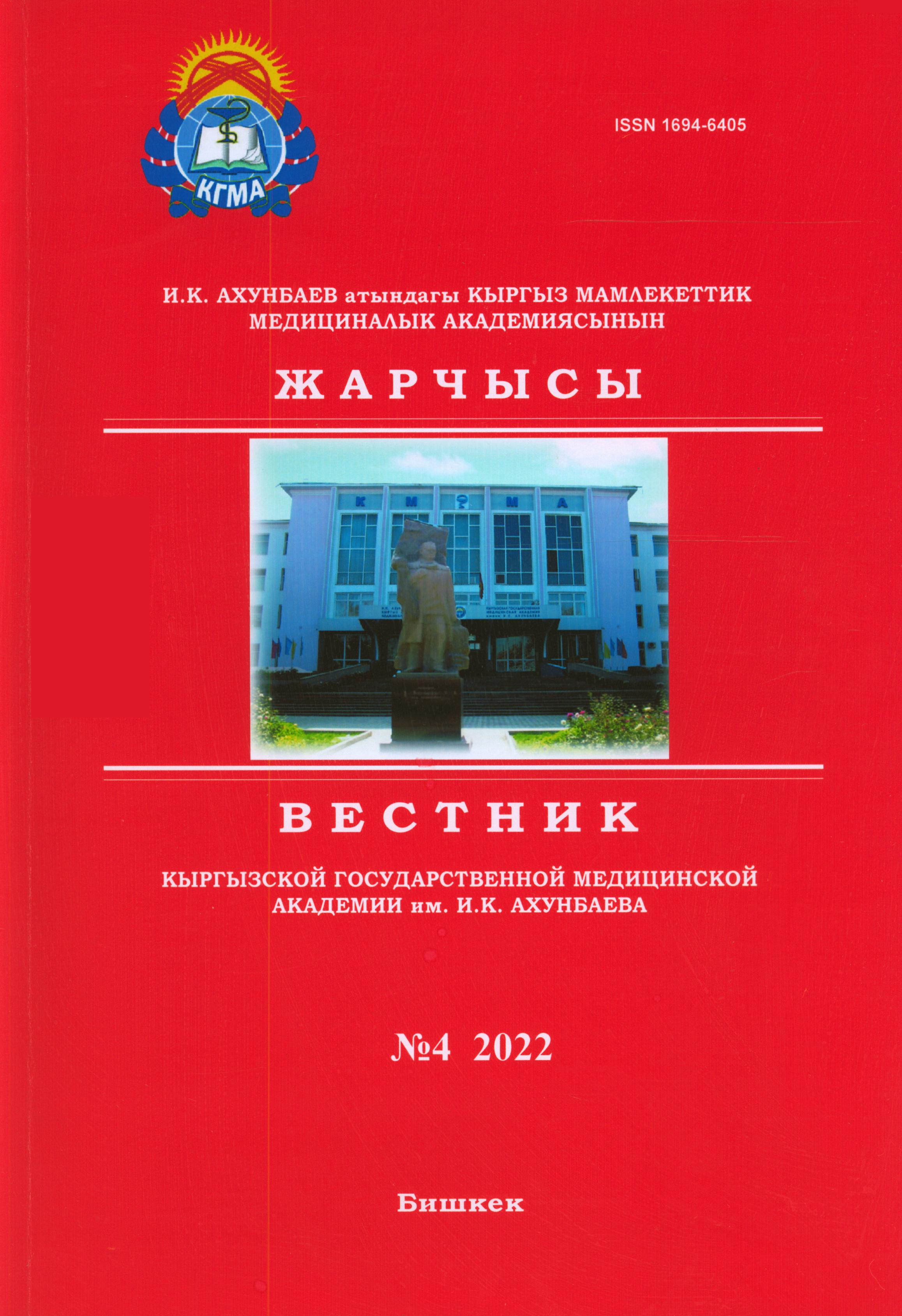RESULTS OF DIAGNOSIS AND TREATMENT OF TRAUMATIC BRAIN HEMORRHAGES
DOI:
https://doi.org/10.54890/1694-6405_2022_4_53Abstract
Summary. The data of 198 patients with isolated traumatic brain injury were analyzed. For the study, patients with acute and subacute isolated traumatic intracranial hematomas (epidural, subdural, intracerebral) or their various combinations were selected by the continuous sampling method. There were 130 (65.7%) men and 68 (34.31%) women in the study. The average age of the patients was 48.2±4.3 years, ranging from 15 years to 81 years. It is proved that the optimal timing and methods of surgical interventions and conservative treatment are based on the location of traumatic intracranial hemorrhages, the volume and level of compensation of neurological functions of the patient.
Keywords:
intracranial traumatic hemorrhages, epidural hematoma, subdural hematoma, intracerebral hematoma, surgical treatment, conservative treatment.References
1. Дюсембеков Е.К., Аханов Г.Ж., Нурбакыт А.Н. Сравнительный анализ особенностей черепно-мозговой травмы, полученной в 1991г. и в 2015г. в г. Алматы. Нейрохирургия и неврология Казахстана. Астана. 2017;2(47):14-19.
2. Кадыров Р.М. Современная оценка некоторых положений об очаговых поражениях головного мозга. Вестник КГМА им. И.К. Ахунбаева. 2016;1:34-37.
3. Туркин А.М., Ошоров А.В., Погосбекян Э.Л., Смирнов А.С. Корреляция внутричерепного давления и диаметра оболочки зрительного нерва по данным компьютерной томографии при тяжелой черепно-мозговой травме. Вопросы нейрохирургии. 2017;6:81-88.
4. Крылов В.В., Петриков С.С., Талыпов А.Э. Современные принципы хирургии тяжелой черепно-мозговой травмы. Неотложная медицинская помощь. 2018;4:39-47.
5. Мамытов М.М., Ырысов К.Б., Мамытова Э.М. Нейрохирургические проблемы очаговых поражений головного мозга. Бишкек: Алтын тамга; 2010. 190с.
6. Педаченко Е.Г., Дзяк Л.А., Сирко А.Г. Факторы прогноза развития внутричерепной гипертезии в остром приоде тяжелой черепно-мозговой травмы. Укр. нейрохір. журнал. 2017;3:26-31.
7. Потапов А.А., Корниенко В.Н., Лихтерман Л.Б., Кравчук А.Д. Современные подходы к изучению и лечению черепно-мозговой травмы. Анналы клинической и экспериментальной неврологии. 2018;4(1):4-12.
8. Corrigan JD, Selassie AW, Orman JA. The epidemiology of traumatic brain injury. J Head Trauma Rehabil. 2015;25(2):72–80.
9. Faleiro RM. Faleiro LC, Caetano E. Decompressive craniotomy: prognostic factors and complications in 89 patients. Arq Neuropsiquiatr. 2019;66:369-373.
10. Kim KH. Predictors for functional recovery and mortality of surgically treated traumatic acute intracranial hematomas in 256 patients. J Korean Neurosurg Soc. 2019;45(3):143-150.
11. Kühne CA, Mand C, Lefering R, Ruchholtz S. Urgency of neurosurgical interventions for severe traumatic brain injury. Unfallchirurg. 2013;116(1):39-46. https://doi.org/10.1007/s00113-011-2042-6
12. Tomita Y, Sawauchi S, Beaumont A. The synergistic effect of acute intracranial hematoma combined with diffuse traumatic brain injury on brain edema. Acta Neurochir Suppl. 2017;76:213-216.







